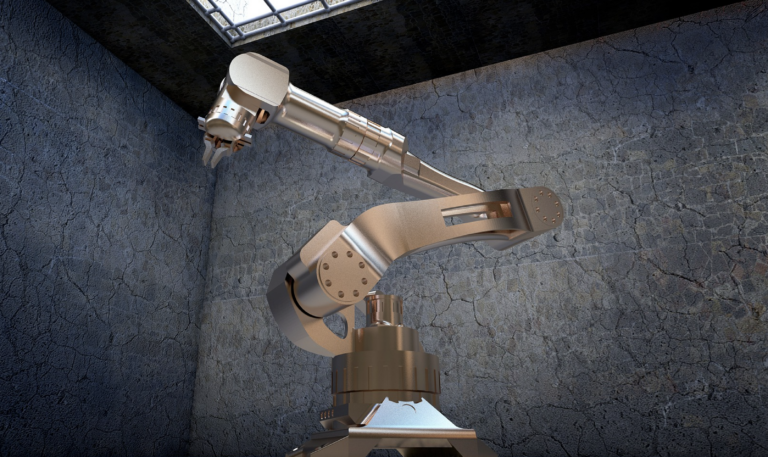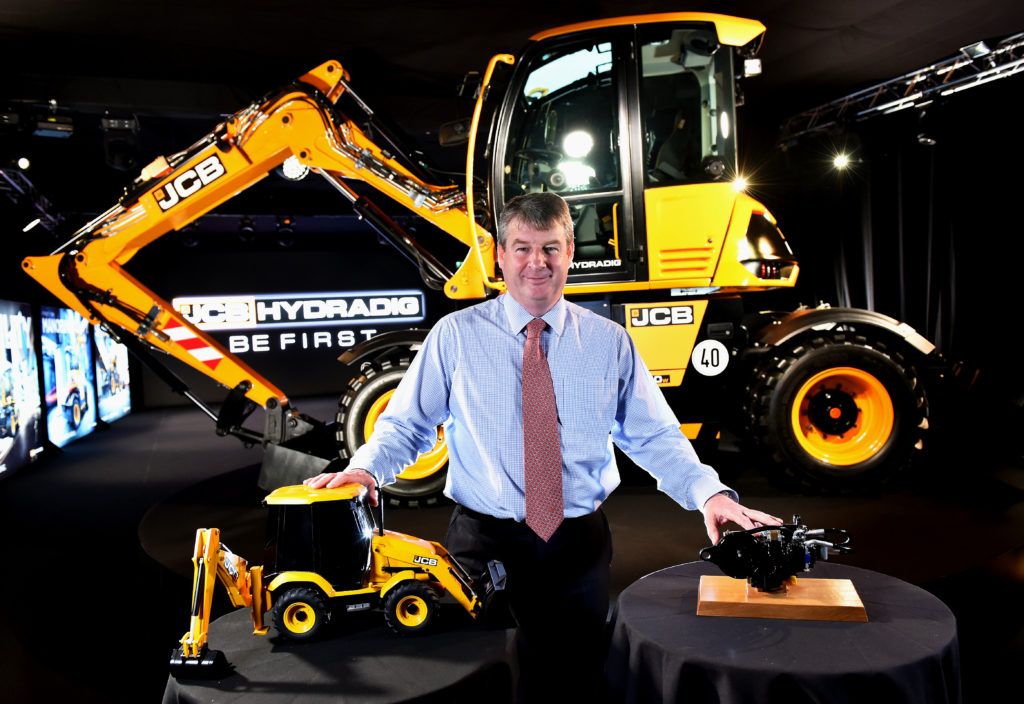While businesses may still be suffering from a lack of certainty, an automated solution can enable a safety net strategy, supporting organisations with overall business aims, despite experiencing challenges such as staff shortages and unexpected peaks in demand. Steve Richmond, director of Logistics Systems, explains how automation can enable organisations to meet changing expectations and cope with future unexpected peaks and troughs in demand.
New use cases for robotics are being identified almost daily. The rapid growth of ecommerce, fuelled in part by necessity from Covid-19 lockdowns, has meant that for many organisations, the requirements for staff and goods is growing at a rate too fast to meet demand – the need for automation is now greater than ever.
With technology advancing rapidly, almost anything can now be automated. And with intelligent navigation and precise picking technology, even items of an odd size, shape or material can be handled by robots. As this technology becomes increasingly more sophisticated, enabling robots to perform roles with accuracy, consistency and safety front of mind, this has also advanced the ability for robots to communicate with other robots around the facility.
This advancement could not come at a better time as consumer pressure and demand continues to rise, and purchasing behaviours undertake a rapid shift away from the high street. So, how can automation enable organisations to meet changing expectations and cope with future unexpected peaks and troughs in demand?
Logistics is the new retail
There is no doubt that the pandemic has altered consumer buying habits dramatically. With lockdown forcing non-essential retail to shut, and large numbers of the population forced to shield, online was the only option for many. This transition to ecommerce meant that the shift away from physical stores to digital was accelerated by roughly several in the space of just a few months.
While the ‘online experience’ is still important, brand loyalty has taken a back seat, with speed and convenience now reigning supreme as consumers want what they want, where and when they need it. And this change in behaviour has also resulted in a change to picking processes too. Whereas for physical stores, this was done by roll cage or pallet volume of product and pushed to store, which has now transitioned to article based delivery to service online orders.
Crucially, the process of correct, on time delivery to the location the consumer needs it, means that data capture is a vital element that must be optimised. Warehouse Management Systems (WMS), Electronic Point of Sale Systems (EPOS) linked directly to inventory control, combined with delivery tracking mechanisms, are essential not just for process optimisation, but to meet customer demand and satisfaction. The pressure is on for organisations to optimise each part of the supply chain, so visibility across the entire spectrum is vital to ensure that areas for improvement are quickly identified and remedied.
A foundation of automation
Negative economic forecasts are fuelling business uncertainty and disruption, however the maturity of automation technology and the promise of Artificial Intelligence (AI), the Internet of Things (IoT) and blockchain are enabling a fundamental and exciting transformation in business models. 2020’s ecommerce boom has forced organisations to rethink their entire processes to optimise setups and cope with surges in demand. With social distancing measures in place, companies are unable to get enough staff to work to the optimum volume within picking areas because they must be adequately spaced apart. And when it comes to productivity levels of picking and packing, 60 percent of the task is taken up with walking between locations, which in itself is redundant labour.
This is where automation has a significant role to play in saving money and boosting productivity. As logistics becomes increasingly integrated into business models and in meeting customer demand for a documented journey of deliveries and returns, warehouse automation technology is now an essential factor. This is not only to keep up with higher volumes, but to ensure required data is automatically accessible and ready to integrate with the rest of the business.
Furthermore, these advancements in technology are very much underpinning the opportunity to build racking higher and unlock even more vertical space, with lift ability of very Narrow Aisle trucks, mini load, and ASRS (Automatic Storage and Retrieval) continuing to rise. More organisations are also introducing Automated Guided Vehicles (AGVs) to their warehouses that provide numerous benefits to organisations; saving significant time and money when incorporated within routine operations, as well as improving warehouse efficiencies, reliability and safety.
Changing role of the worker
As automation becomes more commonplace, we will see a shift in worker demand and where workers are deployed. Within the most successful automation environments, humans still have an important role to play. But by augmenting the human worker with robots that can take on the repetitive or mundane tasks, the human is freed up to take on the more intricate or complex tasks. Technical individuals will be required to maintain the automated systems so skilled workers will be essential to manage the robotic principle of an estate. Blending skilled resources with automation – including robotics and IoT – will create a smart connected warehouse that will help organisations to increase productivity and manage rising supply chain complexity.
Organisations will need to have the flexibility in place to adapt to unprecedented events to keep their businesses stable. Even for smaller businesses, not only can automation unlock valuable efficiencies, but can also act as a safety net to help see the company through turbulent economic times, where a lack of staff could have significant knock-on effects. For example, when the government’s planned legislation to limit visas for ‘low skilled’ workers comes into effect on the 1st January 2021, the consequences for many businesses could be severe. Deploying a level of automation now could go a long way to alleviating the concerns of the future.
Christmas as usual?
The signs are there for a surge in ecommerce orders ready for the Christmas season, with retailers such as Marks and Spencer already reporting huge spikes in Christmas-related searches on its site. But with talk of a second national lockdown in December, it’s going to be anything but a ‘normal’ Christmas this year. As such, will families forgo the usual volume of gifts? The big family meals and parties over the festive season will be far smaller than usual, so grocery retailers are unlikely to experience the same surge as most years. But perhaps consumers will purchase even more, and rely on ecommerce to deliver presents far and wide to family and friends they can’t see. Either way, there will be peaks and troughs for all this Christmas. With so many unknowns, how can organisations that typically rely on a temporary workforce during the usual peak seasons predict what they will need? With automation, there is less pressure on forecasting as the technology can scale up and down accordingly.
Supply chains which are already under immense pressure caused by an incredibly turbulent environment will begin to show increased strain unless they rely on innovative technologies. While businesses may still be suffering from a lack of certainty in many areas, an automated solution can enable a safety net strategy, supporting organisations with overall business aims, despite experiencing challenges such as staff shortages and unexpected peaks in demand. To be successful in these rapidly changing environments, automation will play a key part in this transition to futureproof supply chains. It’s time to send in the robots.





